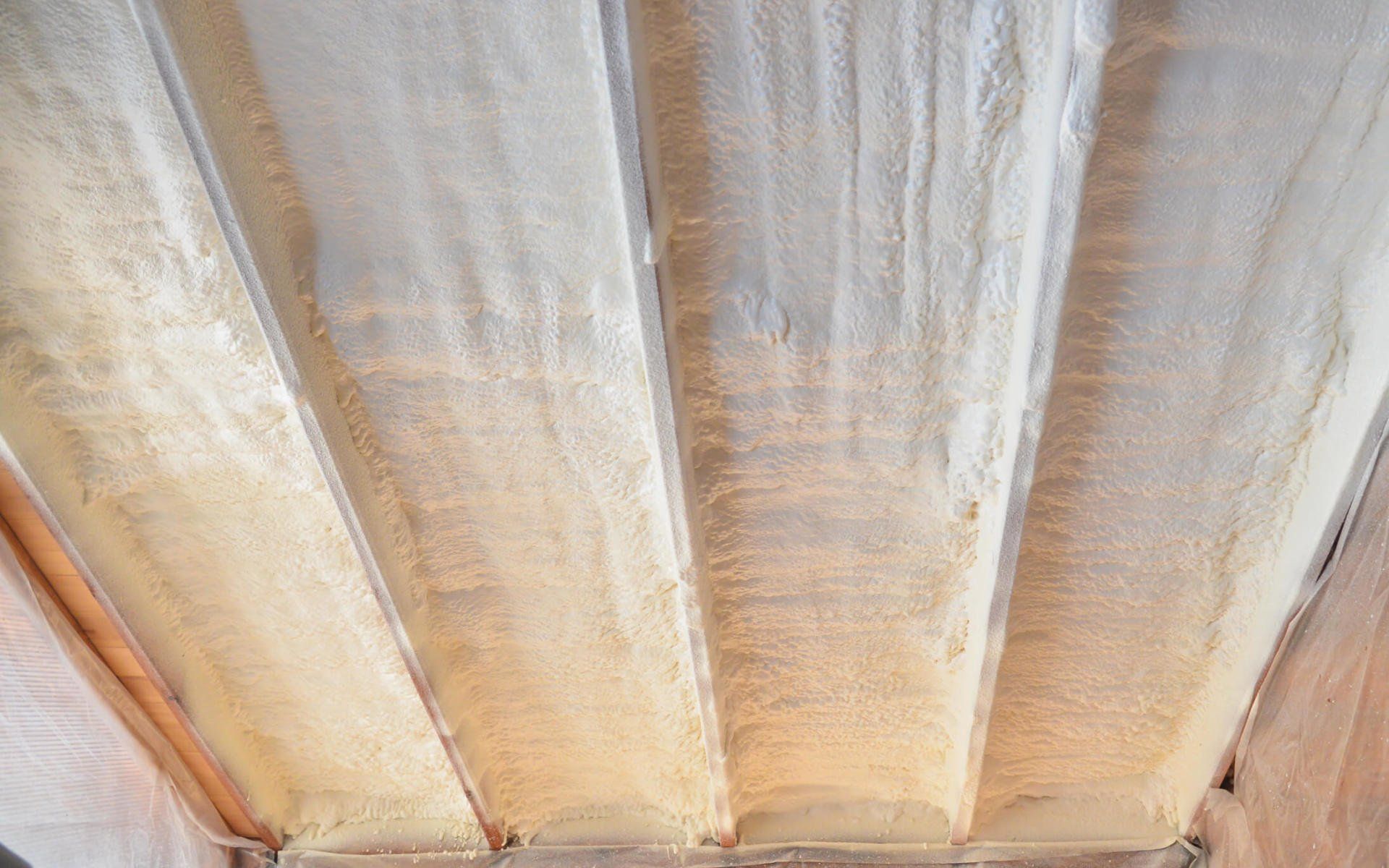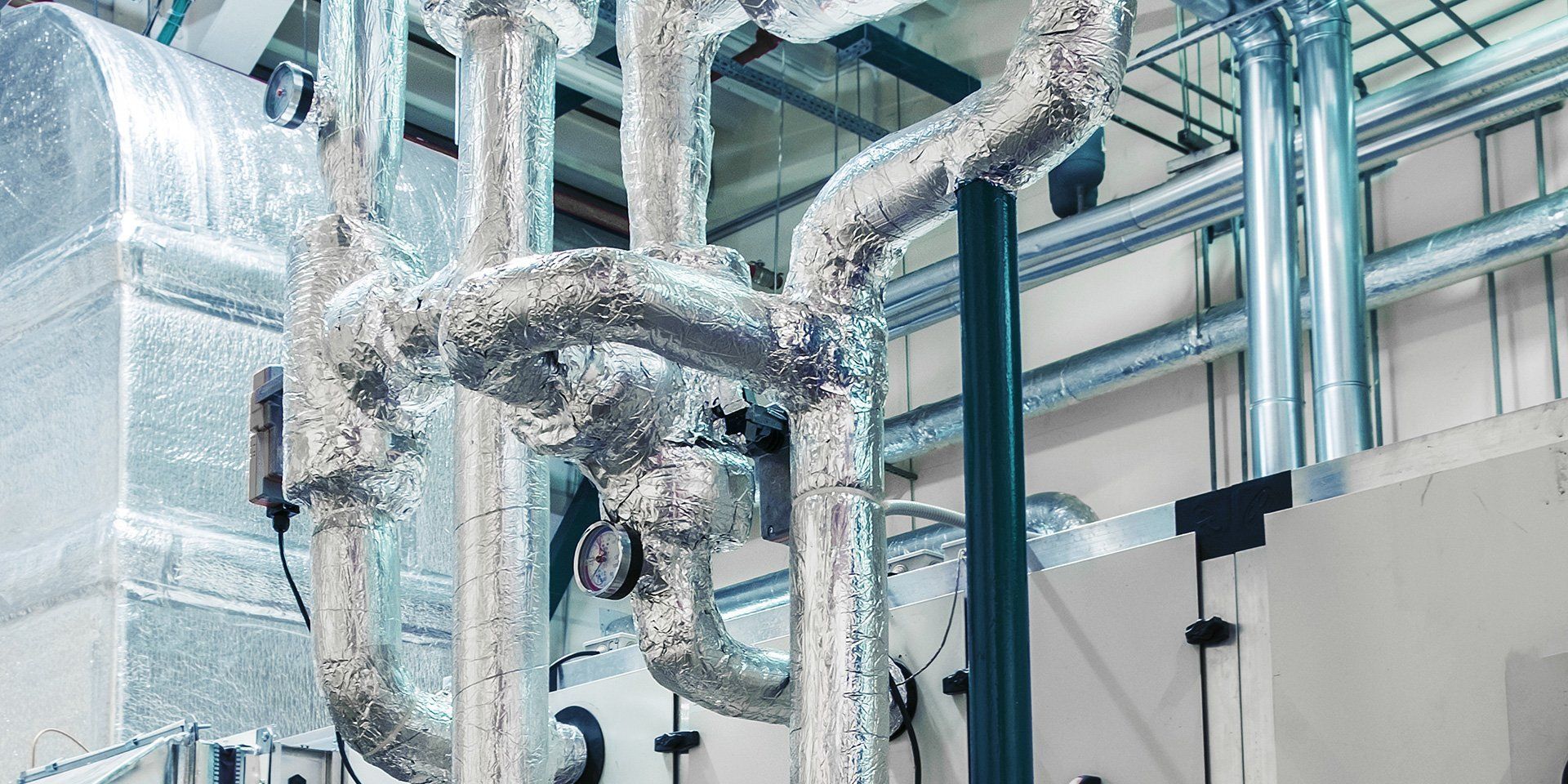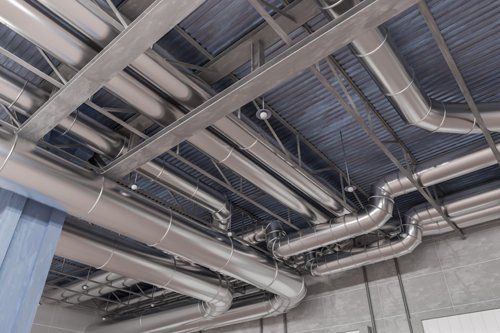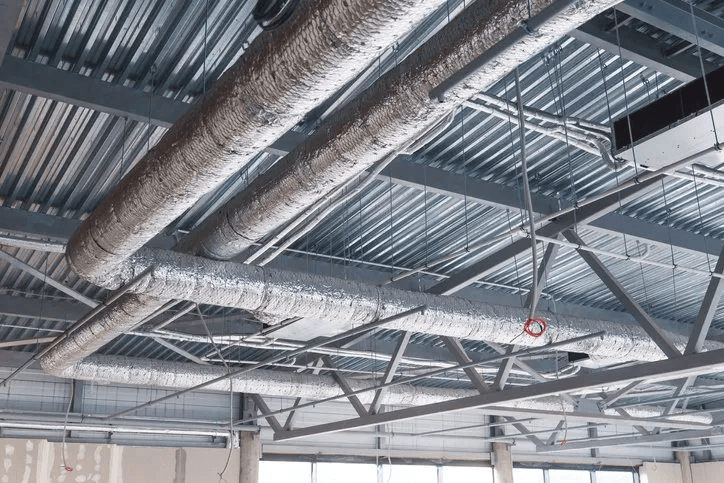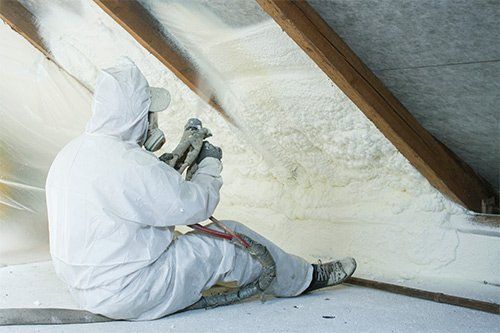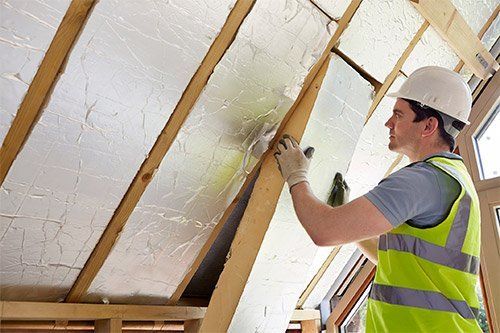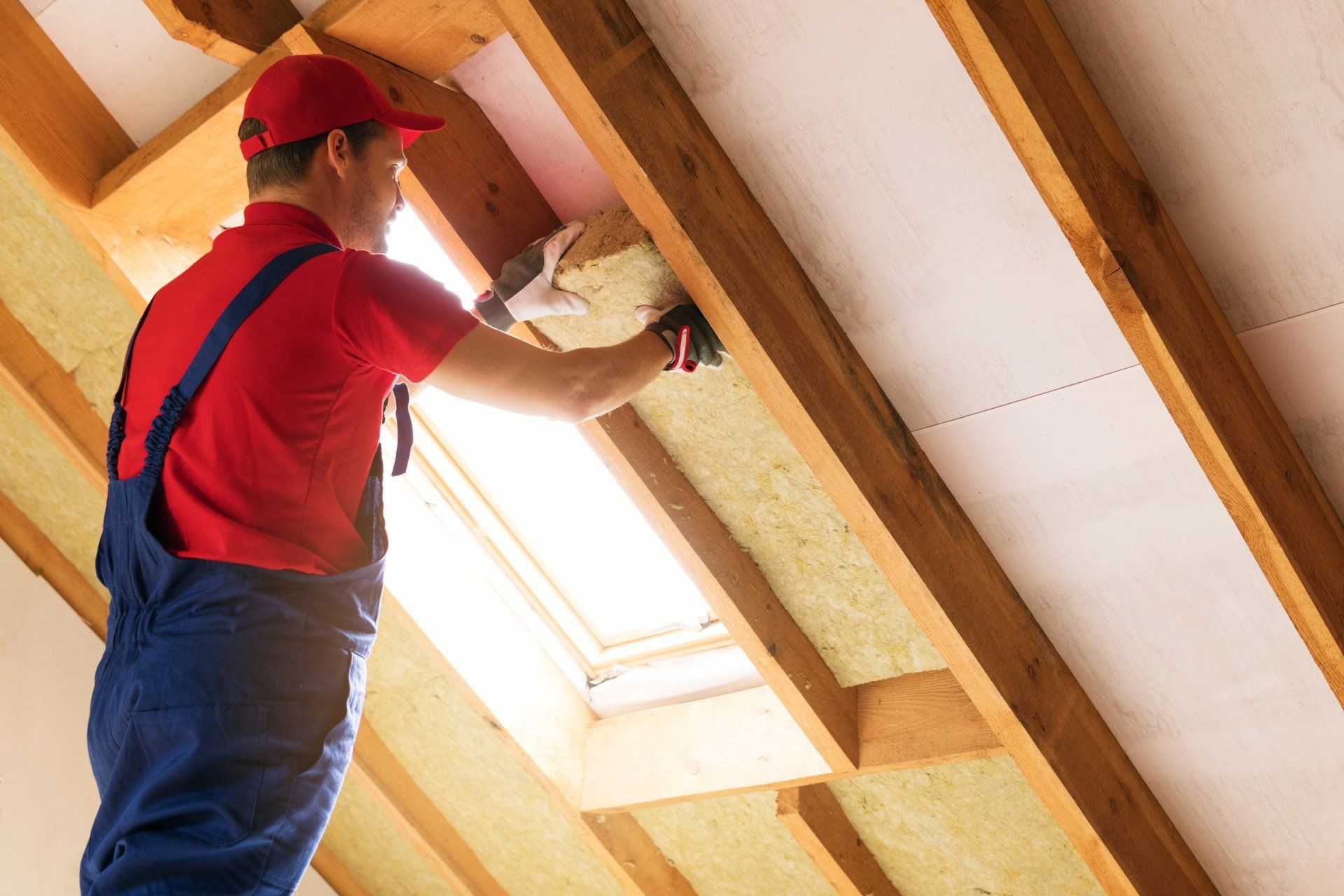4 Basic Insulation Terms Every Homeowner Should Know
1. Heat Flow
Heat flow refers to the rate at which heat transfers from a heated environment to a colder one. For example, during the winter, your attic gets cold, but the rest of your home is toasty warm thanks to your HVAC system. However, heat naturally rises, and heat wants to create balance. For this reason, the heated air quickly leaks into your cold attic, causing you to lose warmth, so you have to use more energy to heat the home.
Similarly, during the summer, the hot air in the attic may get pushed back into your cooled home, especially if you have poor ventilation in the attic for the hot air to escape. For this reason, your attic needs plenty of insulation to block this heat flow as much as possible.
2. Apparent Thermal Resistivity
How well a type of insulation or material resists the transfer of heat is known as its apparent thermal resistivity or R-Value. The R-Value is usually measured in inches, so if a material has an R-Value of R-4 per inch, you can increase the R-Value by adding more. Many people use these R-Values to determine if they have enough insulation based on their climate.
Naturally, the hotter the climate, the less insulation you need, but regardless of where you live, your attic needs an R-Value of at least R-30. Walls and floors require less insulation, and that amount doesn't change much from climate to climate.
3. Fiberglass
Some of the most common types of insulation are fiberglass. Go to any home improvement store, and you'll see huge batts of fiberglass insulation. The sheets of insulation are cut and installed directly between the two-by-fours inside walls and ceilings. This type of insulation also comes in loose fibers, which can be blown into finished walls and ceilings via small holes.
The nice thing about fiberglass insulation is that it is easy to buy and install. Also, if you realize you don't have enough insulation in your home, you can simply buy a few batts of fiberglass insulation and add it to your attic to boost that R-Value. You don't actually have to replace all the insulation. Because fiberglass is made with small glass fibers, it can cause irritation if it encounters direct skin (or if you inhale particles).
4. Spray Polyurethane Foam
Another popular insulation option is spray polyurethane foam, aka spray foam insulation. This type of insulation comes in closed-cell and open-cell, but both options are incredibly effective at blocking the transfer of heat. Closed-cell spray foam also serves as a moisture barrier to better protect against mold and mildew.
Spray foam insulation is not a DIY project, so you'll need skilled insulation technicians. When done correctly, however, the foam will expand to fill in every nook and cranny, better sealing your attic than other types of insulation. As an added benefit, spray foam insulation serves as an excellent sound barrier.
Regardless of which type of insulation you choose, it needs to have the right R-Value, especially for attic insulation. Insulation can help reduce your energy bills by better blocking the transfer of heat. If you would like to know more about insulation and how it can benefit all parts of your home, contact us at Guy M. Beaty Co., Inc.

